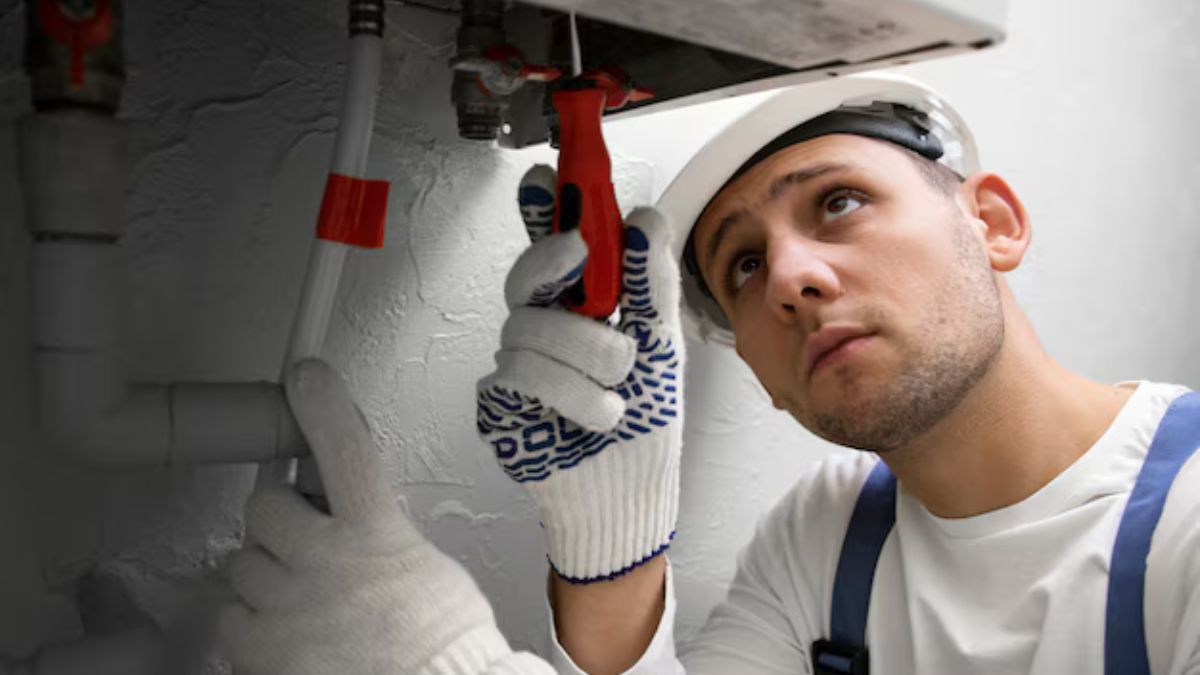When your HVAC system breaks down, the cost of repairs can be a significant concern. In California, where temperatures can swing from hot to cold and everything in between, understanding the potential costs associated with HVAC repairs can help you make informed decisions and avoid sticker shock. Here’s a detailed breakdown of what you should expect to pay for HVAC repairs in California, along with factors that influence these costs.
Average Cost of HVAC Repairs
The cost of HVAC repairs in California varies widely based on several factors, including the type of system, the nature of the repair, and the region of the state. On average, homeowners can expect to pay between $150 and $500 for most standard HVAC repairs. Here’s a closer look at some common repairs and their typical costs:
- Air Conditioning Repairs:
- Thermostat Replacement: $150 – $300
- Refrigerant Recharge: $200 – $400
- Compressor Replacement: $1,000 – $2,500
- Condenser Fan Motor Replacement: $300 – $600
- Heating Repairs:
- Igniter Replacement: $150 – $300
- Heat Exchanger Replacement: $1,000 – $2,000
- Blower Motor Replacement: $400 – $700
- Gas Valve Replacement: $300 – $500
- Ductwork Repairs:
- Duct Sealing: $250 – $500
- Duct Replacement: $1,000 – $2,500
Factors Influencing Repair Costs
- Type of HVAC System:
- Central Air Conditioning Systems: These systems generally have higher repair costs due to their complexity. Issues with components like the compressor or condenser can be more expensive to fix.
- Heat Pumps: Heat pumps serve both heating and cooling functions, and their repairs can be costly due to the dual functionality and intricate design.
- Furnaces: Gas and electric furnaces can vary in repair costs, with gas furnaces often being more expensive to repair due to the complexity of their components.
- Repair Complexity:
- Minor Repairs: Issues like a faulty thermostat or a small refrigerant leak are typically less expensive to repair.
- Major Repairs: More extensive repairs, such as replacing a compressor or heat exchanger, can be significantly more costly. The complexity of the repair often requires specialized parts and expertise.
- Labor Costs:
- In California, labor costs can vary by region. Urban areas like Los Angeles or San Francisco generally have higher labor rates compared to rural areas. On average, HVAC technicians in California charge between $75 and $150 per hour.
- Seasonal Demand:
- During peak seasons (summer for cooling and winter for heating), HVAC repair costs can be higher due to increased demand. Scheduling repairs during off-peak times might help you save on labor costs.
- Location:
- Costs can vary based on your specific location within California. For example, HVAC repair costs in metropolitan areas are generally higher than in more rural parts of the state.
How to Save on HVAC Repair Costs
- Regular Maintenance:
- Scheduling regular maintenance for your HVAC system can prevent costly repairs. Regular check-ups ensure that minor issues are addressed before they become major problems.
- Get Multiple Quotes:
- It’s wise to obtain quotes from several HVAC repair companies. This not only helps you understand the market rate but also allows you to choose a company that offers competitive pricing.
- Check for Warranties:
- Many HVAC systems come with warranties that cover parts or labor for a certain period. Be sure to check your warranty before paying for repairs, as you might be eligible for coverage.
- DIY Repairs for Minor Issues:
- For minor issues like changing air filters or adjusting the thermostat, consider handling these tasks yourself if you’re comfortable doing so. This can save you on service call fees.
- Energy Efficiency Upgrades:
- Upgrading to more energy-efficient HVAC components can reduce the likelihood of frequent repairs and lower your energy bills in the long run.
Conclusion
Understanding the potential costs of HVAC repairs in California can help you budget appropriately and make informed decisions about your heating and cooling systems. By considering factors like system type, repair complexity, and regional labor costs, you can better anticipate what you might pay. Regular maintenance, obtaining multiple quotes, and checking warranties are all effective strategies to manage and potentially reduce repair costs. With the right approach, you can keep your HVAC system running efficiently and minimize unexpected expenses.










